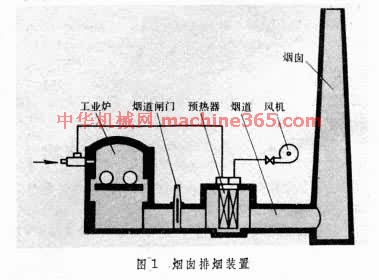1) Industrial clean water


工业净水
2) industrial sewage purification


工业污水净化
3) Industrial purified water drainage and storage project


工业净化水排蓄工程
4) purification process


净水工艺
1.
Assessment for BAF-O_3-BAC purification process through distribution characteristics of molecular weight of organic matters;
有机物分子量分布特点对BAF-O_3-BAC净水工艺的评价
5) water purification process


净水工艺
1.
Design of water purification process for domestic water supply during construction of Xiluodu Hydropower Station;
溪洛渡水电站施工期生活供水工程净水工艺设计
2.
This paper introduces the raw water property and water purification process, researches the sludge water propertyofHuyan Water Plant, and analyzes the changes ofsludge water property.
介绍了呼延水厂原水性质及净水工艺,研究了呼延水厂排泥水性质,分析了排泥水性质的变化。
3.
Based on the analysis of water supply quality goal and raw water quality,the water purification processes were determined during the 11(th) Five Years Plan period,and the general reconstruction plan of waterworks and pump stations was presented.
分析了南京水司的供水现状及其存在的问题,通过对需水量进行科学预测,确定了南京水司近、远期供水规模;通过对供水水质目标和原水水质的分析,确定了"十一五"期间的净水工艺,提出了水厂、泵站改造总体方案及改造计划;通过对供水格局的分析,确定了管网改造及规划方案;还对现有管网优化调度、信息化建设以及应急反应体系建立等诸多方面进行了论证研究并提出了实施计划,为公司未来几年相关新建和改造项目的实施以及资金安排提供了主要依据。
6) water purification


净水工艺
1.
The research results show that the water purification biopretreatment can reach a color removal efficiency of 19%~43% for the raw water of water sources under the conditions of normal temperature 20~28 ℃,COD Mn in polluted water sources 6~11 mg/L,chromaticity 30~40,the running parameters for the water purifi.
采用生物接触氧化预处理净水工艺对受污染的水源原水进行了除色度效果研究。
2.
Taking specific activites of water sample as assessments index, the abilities of different water purification unit processes to remove chlorinated mutagenic precursors were assessed from the results of Ames test and the features of the precursors.
采用水样比活性作为评价指标,从Ames试验结果和致突变前体物性质两方面,探讨了不同单元净水工艺对Ames试验氯化致突变前体物的去除能力,从而为净水工艺的选择提供参考依据。
补充资料:工业炉:工业炉排烟系统
利用烟囱或机械装置将工业炉炉膛内的烟气排出炉外的系统。保证排烟通畅是工业炉正常使用的重要条件﹐排烟不通畅时﹐炉膛压力昇高﹐从炉膛四周的缝隙会逸出大量烟气而增加炉子的热损失﹐影响炉内气流的均匀分布﹐降低炉温均匀性﹐恶化操作环境。
排烟系统是由產生抽力的排烟装置和排送烟气的烟道所组成。常用的排烟装置有烟囱(图1 烟囱排烟装置  )﹑引风机或喷射管(图2 机械排烟装置
)﹑引风机或喷射管(图2 机械排烟装置  )等。
)等。
烟囱排烟是靠流入烟囱内热烟气密度小於烟囱外空气密度所產生的浮力﹐以克服烟道的阻力。利用引风机也可将烟气排出﹐或在排烟系统中某一部位装设一个喷射管﹐用高速喷射气体所產生的负压排出烟气。烟囱排烟不消耗动力﹐排烟温度不受限制。当排烟阻力很大而工业炉又间断运行时﹐可用引风机或喷射管排烟。喷射管适用於排除高温烟气﹔引风机适用於排除低温烟气。
烟囱分为砖砌烟囱﹑混凝土烟囱和钢板烟囱。烟道有地下烟道和架空烟道两种。地下烟道多用砖砌﹐架空烟道宜採用衬有耐火材料的钢板製成。
为了减少烟气对环境的污染﹐或因节能需要而在烟道内设置预热器时﹐都需要儘量提高烟囱高度并增加烟囱出口处的烟气流速﹐使之大於当地最大风速或至少不低於3米/秒﹐以避免烟气中的有害气体和烟尘向地面扩散。当烟囱高度达50米以上时﹐烟囱顶部的风速为地面处风速的数倍。烟气到达地面时已在离烟囱很远的地方﹐这时烟气已在逐步扩散中稀释到无害的程度。对燃烧固体燃料的工业炉﹐在排烟系统中还要设置各种形式的除尘器﹐使烟气排出时的含尘浓度降低到200微克/米3以下。
说明:补充资料仅用于学习参考,请勿用于其它任何用途。
参考词条